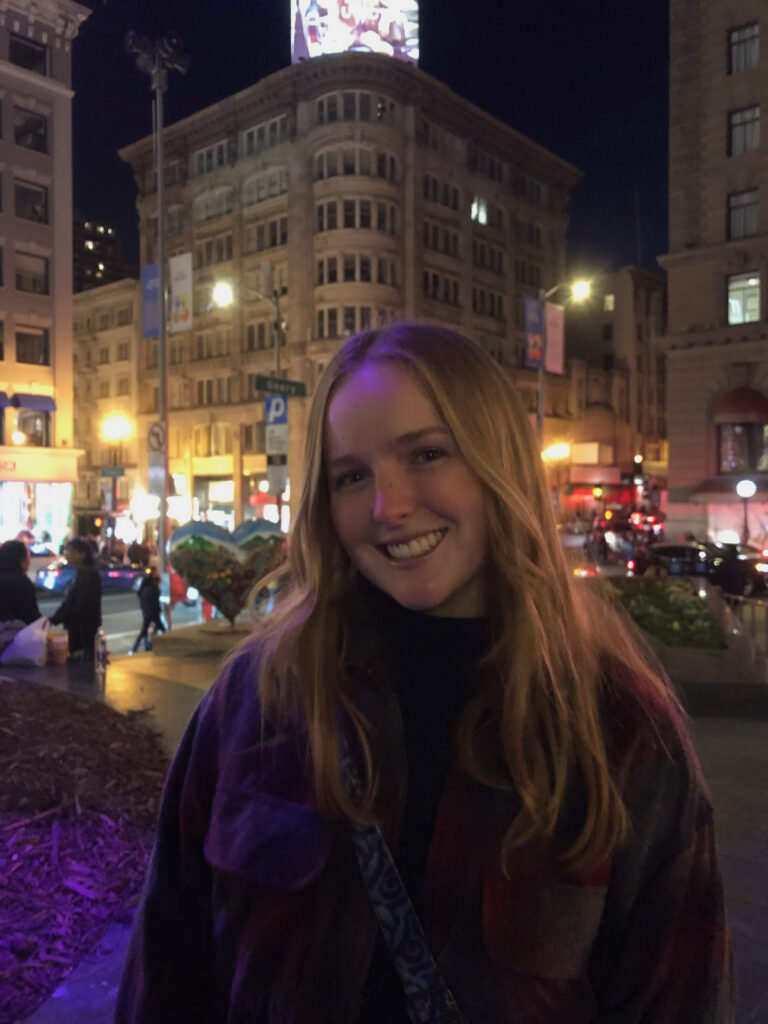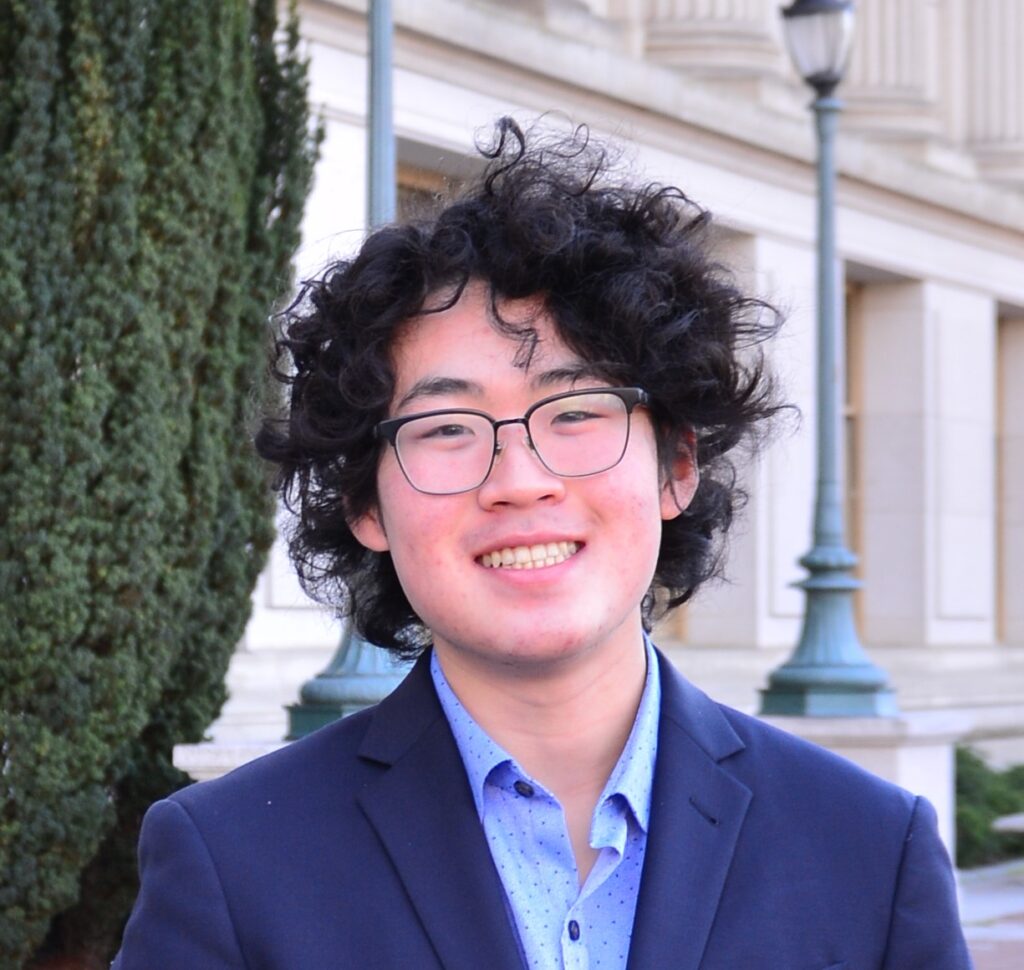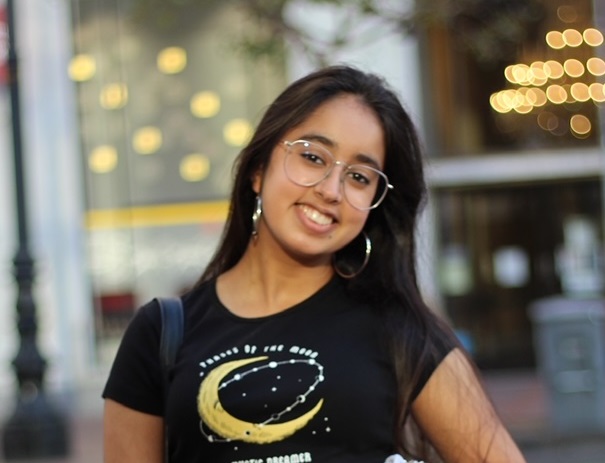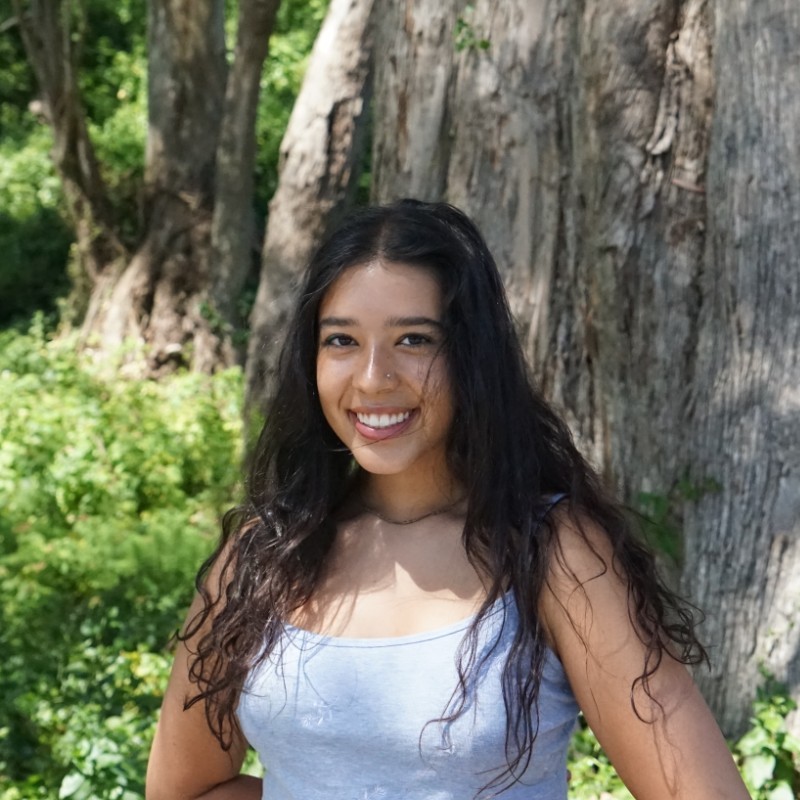Rose Mooney

This summer I will be continuing my research in the California Archaeology Lab. I am participating in a long-term study investigating land stewardship practices of Native Californian peoples. The study involves collecting samples of archaeological biological materials (shell, animal, and plant remains) from a number of sites up to 6000 years old on the Central California Coast and analyzing these to understand how Native people used natural resources from several thousand years ago into the recent past.
Mira Sur

My summer research project is with the Comparative Effectiveness Study of Technologies to Promote Blood Pressure Control at UC Berkeley. In the study, a group of participants with high blood pressure (Arm 1) receives gifted blood pressure monitors and 9 months of health coaching through a student health coach. The other group (Arm 2) in the study receives a gift card and a phone app or website. As the team continues to work on the data analysis, we are interviewing the health coaches about their experiences in the study in […]
Anna Pollini

Microbial eukaryotes are important components of aquatic food webs, with many microbial eukaryotes able to exist in both unicellular and multicellular forms. However, the effects of the size and configuration of such colonies on susceptibility to predation are not yet well understood. This summer, I will be continuing an investigation using the choanoflagellate, Choanoeca flexa (which can form cup-shaped colonies with flagella lining the cavity and which can turn themselves inside-out so that the flagella point outwards), to study the consequences of colony configuration on susceptibility to predation by the […]
Tony Lam

Individuals with Parkinson’s disease and cerebellar degeneration often face challenges with movement coordination, a function significantly influenced by sensorimotor adaptation. Sensorimotor adaptation is a process that the brain uses to optimize stimuli from the surrounding environment to learn and coordinate new movements. There are conscious and unconscious components of sensorimotor adaptation termed explicit and implicit processes, respectively. The goal of this project is to better understand how implicit processes are partitioned between the cerebellum and other regions of the brain through the study of reaching movements.
Maggie Lin

The lipoxin pathway, 5-lipoxygenases (5-LOX) and 12/15-LOX interaction, is an important paracrine signaling mechanism to maintain neuronal homeostasis and protect against retinal ganglion cell degeneration, a key feature of human glaucoma. Dysregulation of microglia responses to ocular hypertension is a key factor in the pathogenesis of retinal ganglion cell degeneration. Employing a morphological characterization methodology, I aim to analyze microglia functional-morphological responses in a mouse model of glaucoma using mice with a deleted lipoxin pathway or mice where the lipoxin pathway was amplified by gene therapy.
Andrew Wong

APOE4 is a known risk factor for Alzheimer’s disease. In C. elegans, this is known to cause membranal breakdown due to negatively impacting cholesterol homeostasis. This causes issues in egg development in C. elegans, causing over-storage within the worms. At the Ma Lab, I will be further researching APOE2/3 as possible risk factors for neurodegenerative health in C. elegans and seeing whether they represent protective or harmful roles. Applications of techniques include microinjection, RNAi protocols, electroporation, and survival/behavioral assays.
Beatrice Aronson

This project is working to compare the policy approaches of Europe and the United States to meet the challenge of aging farmer populations through addressing high barriers to entry for young and socially disadvantaged farmers. We will be coding and analyzing interviews we have conducted throughout the past year with government organizations, non-profits, and individual farmers about their perspectives and experiences with these issues. Our ultimate goal is to develop a knowledge base that allows actors both in Spain and California to learn from one another on best practices to […]
Amodini Choudhary

The lipoxin circuit is an important paracrine signaling mechanism to maintain neuronal homeostasis and protect the retina, specifically ganglion cells, against neurodegeneration. Our lab is investigating this astrocyte-neuroprotective network with the goal of exploring the efficacy of amplifying the lipoxin circuit as a therapeutic approach for glaucoma. With a focus on lipidomics-based LC/MS-MS approaches, I hope, in part, to elucidate the regulation of lipid mediator pathways of astrocytes, muller glia, and microglia under in vitro and in vivo stress conditions that recapitulate key features of the neurodegenerative pathogenesis of human […]
Talia Saarinen

The Mu2e experiment, based at Fermilab, is currently under construction with the end goal of detecting muon-to-electron conversion without producing neutrinos. This process has not yet been observed experimentally, but with increased sensitivity in instrumentation and analysis and more muons to create events, the Mu2e detector aims to be the first to document this rare conversion. The goal of this project is to utilize a machine learning model to train an improved algorithm for conversion electron identification and background rejection in the straw tracker portion of the detector. This improvement […]
Teresa Campbell

This summer, I will be continuing with my Mythology of Racial Progress research. In this project, I investigate the role of subjective and objective time in overestimations of racial economic progress. I’m passionate about exploring how identity and prejudice are implicated in these overestimations and the individualized experience of time. I will also be continuing with my Shifting Demographics research, which is a project on perceptions of threat due to shifting demographics. A goal of mine is to discover how threat can be experimentally manipulated for future research.